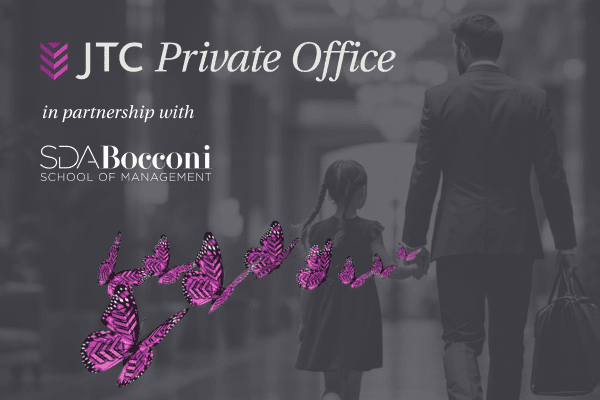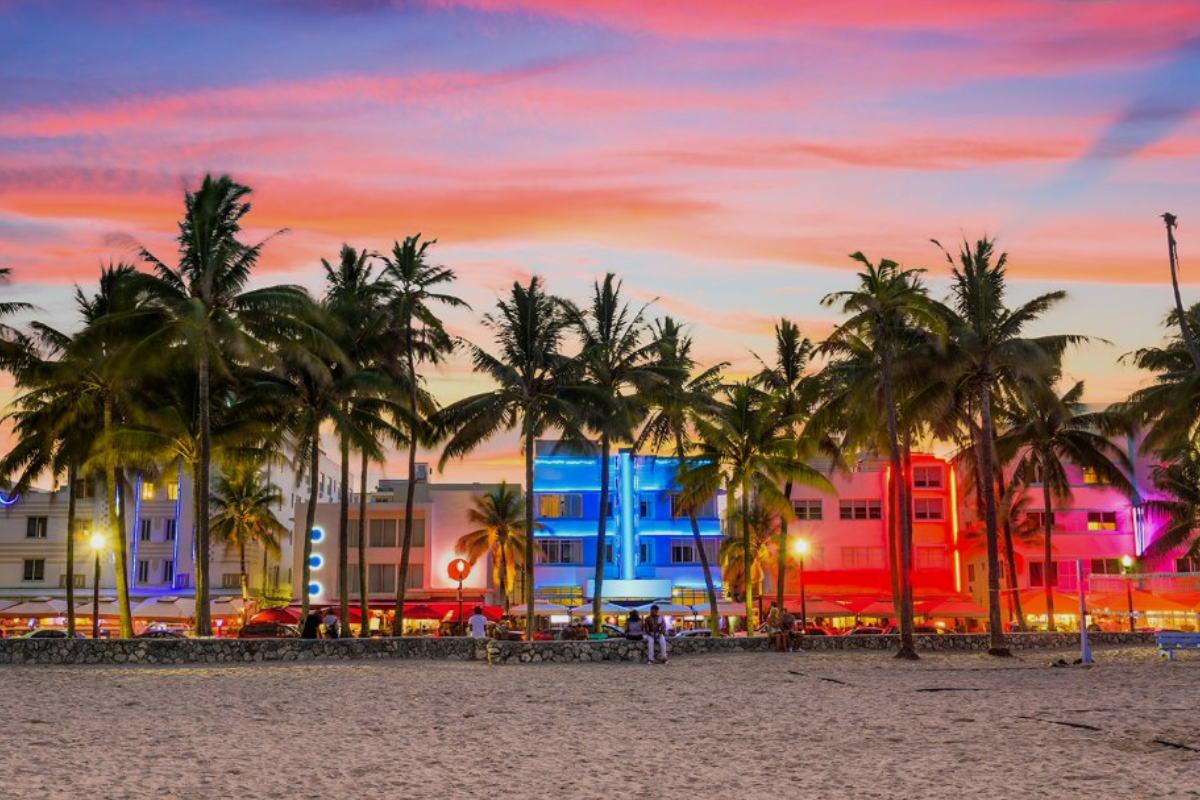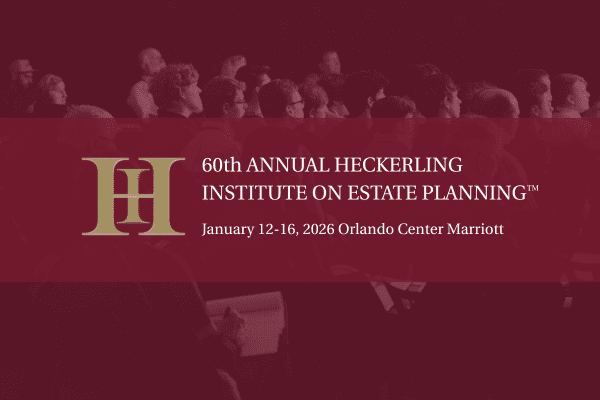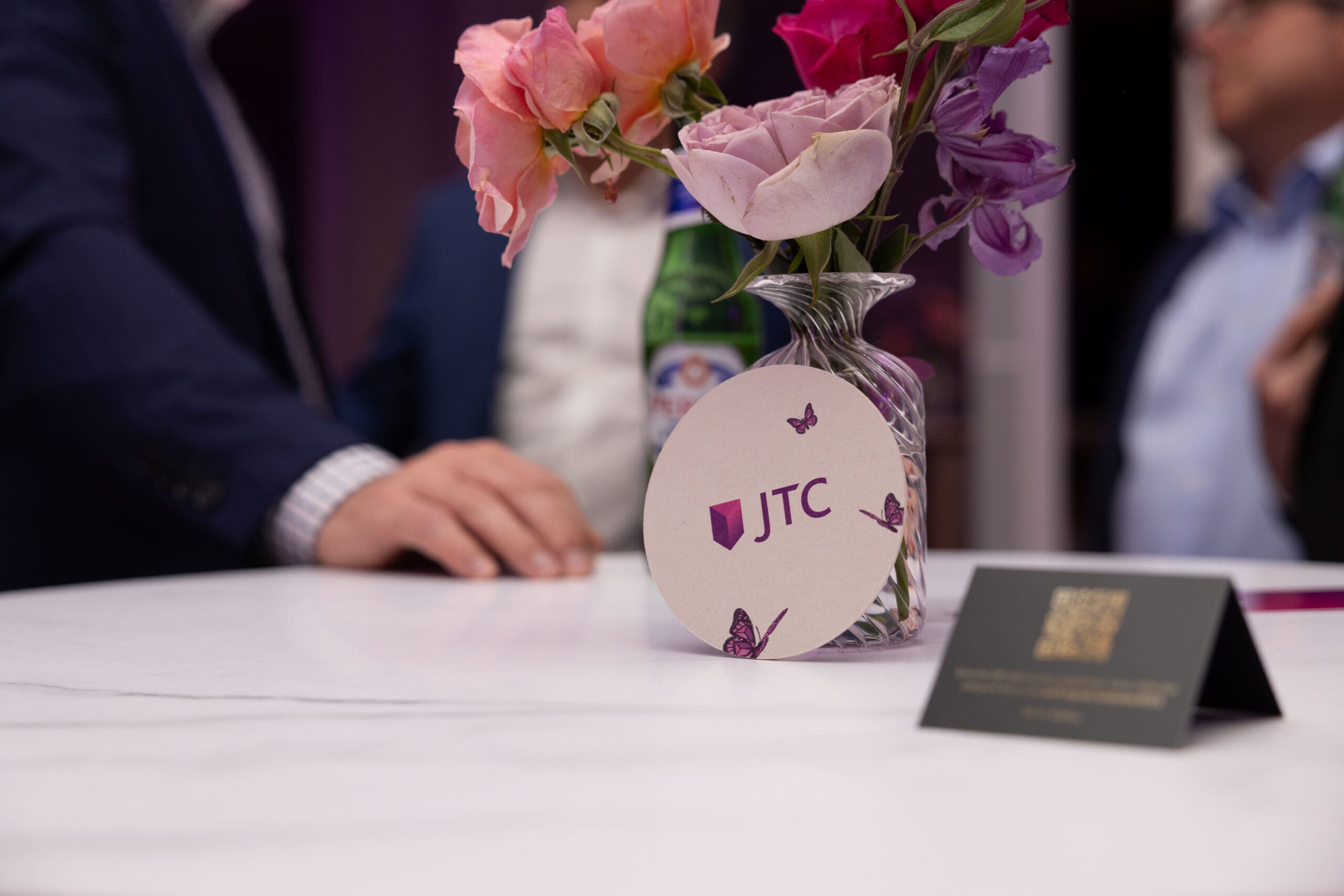By investing in a qualifying EB-5 project, H-1B holders can pursue permanent U.S. residency and open up new career possibilities at the same time.
The H-1B program has long been a popular way for skilled professionals to live and work in the United States, and for U.S. companies to take advantage of a global pool of talent. Unfortunately, H-1B has become so popular that the odds of obtaining a visa are slim. For those lucky enough to have an H-1B visa, the possibility of layoffs looms large, as losing one’s job can also mean losing one’s immigration status.
Potential changes to H-1B could make the situation even less appealing for future applicants. For both visa holders and hopefuls, EB-5 has emerged as a viable alternative. In addition to offering a path to permanent residency for applicants, their spouses, and their children, EB-5 offers greater freedom of employment, allowing petitioners to pursue new opportunities or start businesses in the U.S.
The limitations of H-1B visas
The H-1B Specialty Occupations classification is a non-immigrant visa program for “people who wish to perform services in a specialty occupation, services of exceptional merit and ability relating to a Department of Defense (DOD) cooperative research and development project, or services as a fashion model of distinguished merit or ability.”
An H-1B visa is tied to a specific employer. While the applicant must meet certain education and specialization requirements, both the sponsoring employer and the position they are hiring the immigrant worker to fill must meet specific requirements as well. H-1B has long been popular with tech companies seeking skilled workers for the development new technologies.
Because of the program’s popularity, far more H-1B applications are filed than there are allotted visas. Currently, 65,000 visas are made available each year for the H-1B category, with an additional 20,000 for those with graduate degrees. Every year, several hundred thousand people apply, meaning whether or not you receive one of those visas will come down to chance.
It can sometimes take many years before an applicant is successful in the visa lottery. Students studying in the U.S. on F-1 visas often have to put their post-college dreams on hold as they wait to continue their lives in a country where they had already lived for several years. Those fortunate enough to receive H-1B visas can bring along their spouses and unmarried children under the age of 21, but those family members are not free to work in the U.S. unless they apply for a separate visa.
H-1B does not offer long term access to U.S. Visa recipients are only admitted to the U.S. for a period of three years (18 months if the visa holder owns at least 50% of the business sponsoring the petition). The visa can be renewed for another three years (again, 18 months if the visa holder owns at least 50% of the sponsoring business). It is possible to extend H-1B status beyond six years, but only in certain situations.
Because H-1B visas are tied to the sponsoring employer, visa holders can’t go to work for any other employer or start their own businesses. If they resign or are terminated from their positions for any reason, they must quickly (within 60 calendar days) find another company willing to sponsor H-1B workers or face deportation. Volatile economic conditions have resulted in many tech employees being laid off in down periods, forcing them to scramble to find new employment or move back to their countries of origin. And with the possibility of changes in H-1B rules potentially leading to many more layoffs, the current climate does not bode well for H-1B holders or applicants.
Separate from the risk of being laid off, H-1B is still a non-immigrant visa. By its very nature, it is designed to be temporary. To stay in the U.S. permanently, an immigrant visa will be required. This makes EB-5 an excellent transition from H-1B.
How the EB-5 program differs from H-1B
The EB-5 Immigrant Investor Program allows foreign nationals to obtain permanent U.S. residency when they make a qualifying investment in a job-creating U.S. business enterprise. By investing at least $1,050,000 ($800,000 for projects in rural or urban high-unemployment areas) and meeting all EB-5 requirements, applicants can obtain green cards for themselves, their spouses, and their unmarried children under the age of 21.
EB-5 has long been a popular program in America because each investment must be used to create at least 10 full-time jobs, bringing jobs and investment to communities that need it at zero cost to U.S. taxpayers. Petitioners can invest directly in a business enterprise, or through the Regional Center Program, where investments can be pooled for deployment to larger-scale development projects.
There’s much more to be said about EB-5, but what matters here are its advantages over H-1B: it’s an immigrant visa program (read: permanent), and there are no restrictions on employment. EB-5 petitioners and their dependents can work for any company, start their own businesses, or not work at all, if they wish. With EB-5, there is no risk of deportation if you lose your job, and you can change jobs freely without unnecessary hurdles.
Anyone considering an H-1B visa, if they can meet EB-5’s investment requirements, may want to consider EB-5 as a more reliable and permanent alternative. But what about if you’re already in the U.S. on an H-1B visa? Here’s how it’s possible to go from H-1B to EB-5.
Living and working in the U.S. while your petition is pending
The good news for foreign nationals already in the U.S. on an H-1B visa is that they don’t have to return to their home countries in order to apply for EB-5. Thanks to the EB-5 Reform and Integrity Act of 2022 (RIA), EB-5 petitioners can file for Adjustment of Status concurrently with their I-526E petitions, meaning they can simultaneously apply for an EB-5 visa and change their immigration status to that of a petitioner seeking permanent residency, allowing them to continue to live and work in the U.S. while their EB-5 applications are pending.
Along with the Adjustment of Status petition, EB-5 petitioners can apply for work and travel permits. Once approved, these permits allow petitioners and their family members to work in the U.S. and freely travel to visit friends and family who remain in their home countries during the adjudication period. Petitioners can change jobs, embark on new careers, or start businesses in the U.S. without waiting until after they receive their EB-5 green cards.
While many applicants pivot to EB-5 after being laid off or losing out in the H-1B lottery, there’s no need to wait. You can begin the EB-5 process while you still have a valid H-1B or F-1 visa and get started on the path to permanent residency now.
How long it takes to get a green card through EB-5?
Part of the reason why concurrent filing of Adjustment of Status is important for new EB-5 petitioners is that the visa process does take a long time. Each investment must be put at risk for at least two years and be used to create at least 10 full-time jobs. That means a petitioner will not be granted permanent residency for at least two years, at minimum. USCIS is notorious for its slow processing times, and applicants from some countries may have to wait longer than others to get their green cards.
Just like H-1B, EB-5 has consistently received more applications than there were visas available. In addition to overall limits on the number of EB-5 visas, there are per-country caps that prevent any one country from being overrepresented. When this cap is reached, applicants from that country are forced to wait until their turn in the visa queue comes up. For petitioners from retrogressed countries like China and India, this has meant waiting for many years.
Luckily, the RIA also created set-aside categories, where a certain percentage of EB-5 visas are reserved for projects in specific categories. 20% of EB-5 visas will be granted to petitioners investing in rural projects, 10% for petitioners investing in projects in high-unemployment areas, and 2% for petitioners investing in infrastructure projects. Petitions in these categories are given priority processing, speeding up the application process. Applicants from countries with long wait times can now effectively skip the line and receive faster adjudication.
95% of EB-5 petitioners invest through the Regional Center Program. While EB-5 is a permanent program, the Regional Center Program is not: it requires periodic reauthorization by Congress. It is currently authorized through September 30th, 2027, with all petitions filed by September 30th, 2026, guaranteed to be adjudicated under the current version of the program as established by the RIA.
While the program has historically been reauthorized, and many are working for permanent reauthorization, the future is uncertain, so it’s a good idea to make your investment before September 30th, 2026 if you want to be adjudicated in accordance with the current rules.
How do you get started in EB-5?
Before you can file for a green card, you need to make an EB-5 investment. Before you can do that, you need to select a Regional Center to work with and a project in which to invest. Your capital will be put at risk, and the success of your immigration petition will hinge on accurate documentation of how your investment was used to create the required jobs, so getting this decision right is crucial and requires due diligence.
To help investors understand what to look for in a Regional Center and EB-5 project, JTC and CanAm Enterprises worked with some of the industry’s top experts to create a full guide to EB-5 project selection that walks investors through the basics of the program, the critical elements that all EB-5 projects must have, the questions you should ask any potential Regional Center, and more. Before you begin your EB-5 journey, download our guide.
Stay Connected
Stay up to date with expert insights, latest updates and exclusive content.
Discover more
Stay informed with JTC’s latest news, reports, thought leadership, and industry insights.
Let’s Bring Your Vision to Life
From 2,300 employee owners to 14,000+ clients, our journey is marked by stability and success.

















